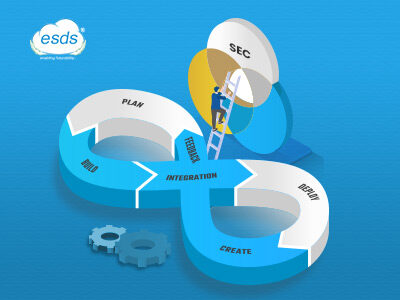DevSecOps: Definition, Benefits, and Transition from DevOps to DevSecOps
In the past decade, we’ve seen a massive shift in how businesses operate. The rise of digital transformation has forced enterprises to change how they think about IT. DevOps has been at the forefront of this change, helping businesses move faster and be more agile. However, the world of business is changing again.
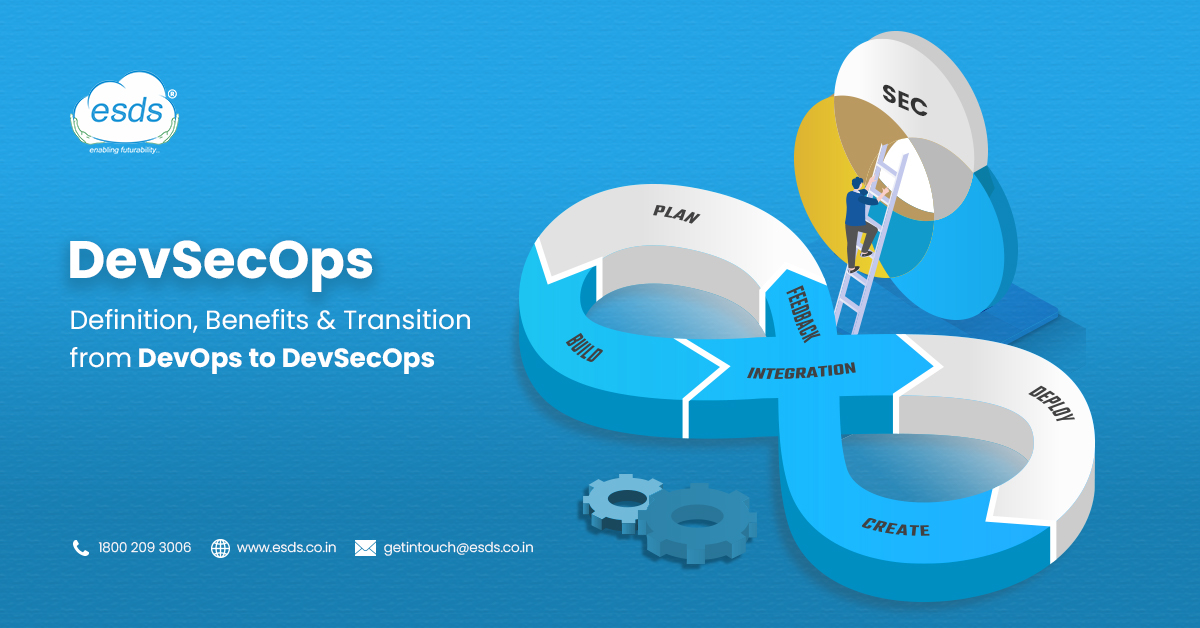
As a result, we’re now seeing a move from DevOps to DevSecOps. DevSecOps is a variation of DevOps that places a greater emphasis on security. Let’s take a detailed look into what is DevOps, what is DevSecOps, and the difference between DevOps and DevSecOps?
What is DevOps?
DevOps is a collaboration between IT Operations and Development that enables automated and repeatable software development and deployment. The company can provide software applications and services more quickly thanks to DevOps. The words “Development” and “Operations” are combined to make the complete term “DevOps.”
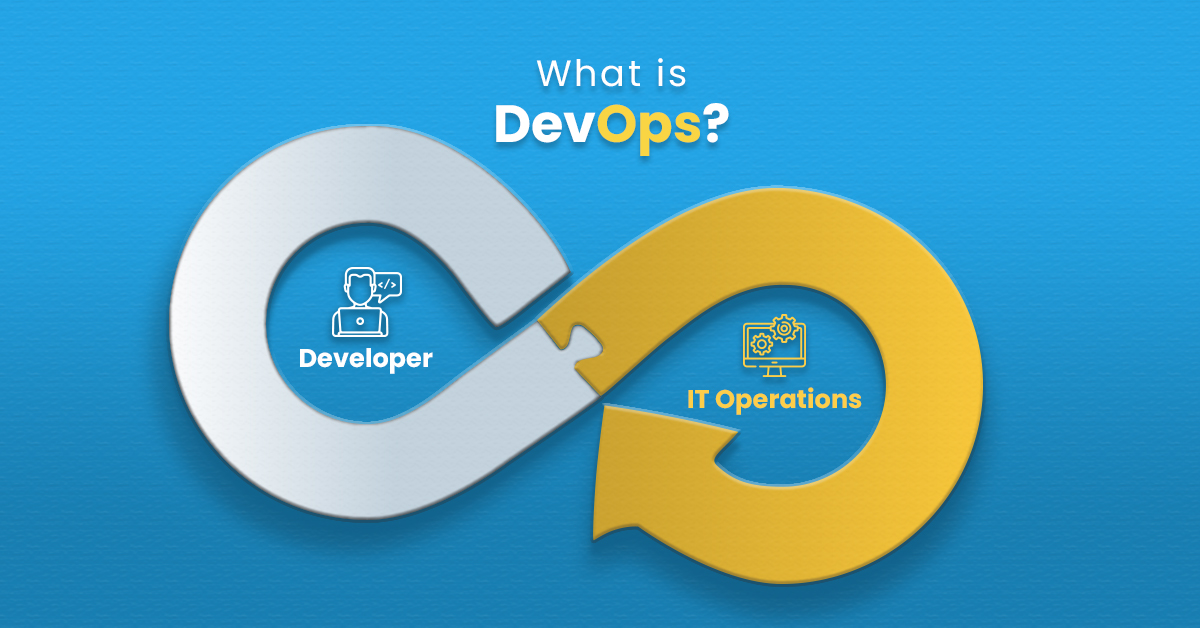
It enables businesses to provide better customer service and engage in more robust market competition. DevOps may be summed up as an improvement in communication and collaboration between development and IT operations.
What Is DevSecOps?
The purpose of DevSecOps is to distribute security choices at speed and scale within an agile DevOps paradigm without compromising the necessary safety. DevSecOps is a culture and attitude predicated on the premise that everyone is accountable for security.
DevSecOps adds risk assessment, threat modeling, penetration testing, code review, and compliance validation to the operations tasks of releasing, deployment, and system monitoring of systems, much like DevOps does, to guarantee security is closely linked with business processes and objectives. By doing so, security procedures become uniform, repeatable, and integrated across the entire software development life cycle (SDLC).
What is the difference between DevOps & DevSecOps?
The goal of DevOps is to increase deployment frequency in a predictable, effective manner with the least possible impact on the end-user experience. In other words, DevOps teams do not prioritize preventing security issues. Whereas DevSecOps addresses application security issues from the outset and throughout the whole development cycle.
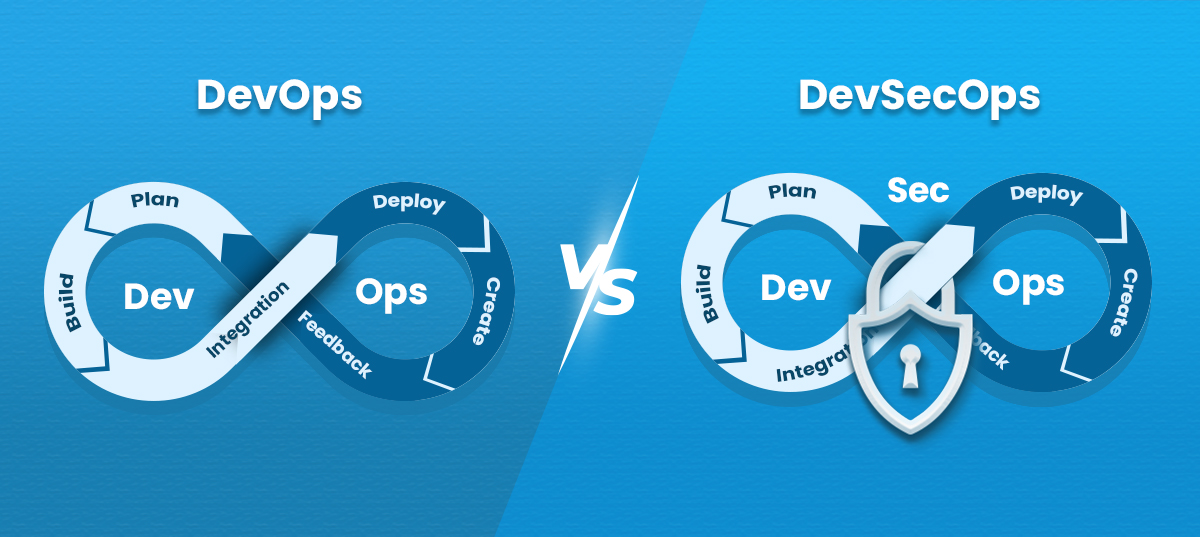
Both strategies rely heavily on automation, ongoing monitoring, and strong team communication. DevOps and DevSecOps need the use of techniques like continuous integration, continuous delivery, and microservices.
But like we said, DevSecOps focuses more on security, so it has additional elements. One of these is threat modeling, a method that assists in identifying security needs, identifying vulnerabilities and their level of importance, and eventually taking action to mitigate them. Additionally, automated security testing is a technique used to find bugs in software development that have no detrimental impact on the project’s timely completion. The incident management practice, at its final stage, covers the steps an organization takes to recognize, assess, and address security hazards in order to make sure they don’t happen again.
Benefits of DevSecOps
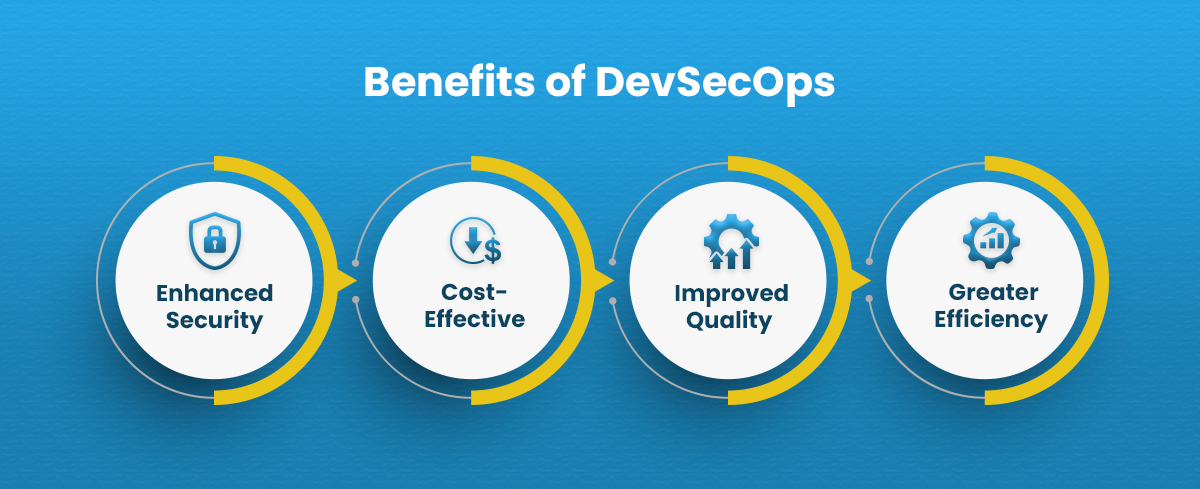
- Increased security
By integrating security into the development process, you can find and fix vulnerabilities early on before they have a chance to cause damage.
- Improved quality
Automated testing and continuous delivery help to ensure that code changes don’t break existing functionality and that new features meet customer expectations.
- Greater efficiency
Automation can help to speed up the software development process, from writing code to deploying applications.
- Reduced costs
By finding and fixing security vulnerabilities early in development, you can avoid the costly consequences of data breaches and other security incidents.
Transitioning from DevOps to DevSecOps
Making the switch from DevOps to DevSecOps might be difficult and complicated. The shift is a continuous process since security is a constantly changing concern. Tools, governance procedures, and developer training must all be regularly updated as DevSecOps practices change. You must keep in mind that it necessitates a complete cultural revolution and cannot be accomplished overnight. It requires persistence and time. To ensure a more secure future for your business, there are methods and technologies that can be used to do the task quickly and effectively.
The following list of four necessary conditions will help your business successfully implement DevSecOps.
Recognize That DevSecOps Requires a Cultural Shift
The organization must pay careful attention to the human element when making the switch from DevOps to DevSecOps. Developers will have a new, tough job since they will be in charge of managing security activities and fixing any issues. Reduced discontent and tiredness as well as little interruption to the CI/CD pipeline may be achieved by communication with all parties concerned and your evaluation of how significant the change is. The process will be greatly aided by training and designating “security champions” inside the development team that the rest of the team may turn to. Additionally, having a team in charge of developing templates for security-related tasks and components promotes efficiency, consistency, and repeatability across all business processes.
Security Procedures Must Comply with Your Development Process
For a successful transition, communication with the development teams is crucial. You can’t just try to enforce security procedures and expect the intruders to adopt new strategies. Naturally, you won’t neglect the need for monitoring, risk assessment, and other security-related requirements, but you should modify your security approach to fit the development process rather than the other way around.
Create a DevSecOps-ready framework
A thoughtful security architecture is necessary for DevSecOps to function effectively. It should outline all of the security procedures that must be followed across the whole CI/CD process. As team members will have a transparent knowledge of the governance criteria, you should evaluate each activity using a specified metric to help them plan effectively.
Security Governance Automation
The “shift left” methodology, which starts testing early in the product life cycle, was already discussed. Security measurements are more challenging to measure as DevSecOps procedures grow more automated. An effective DevSecOps architecture must monitor governance across the whole life cycle. The best tools for the job are necessary for automated governance, and they should be in line with the metrics specified by the security framework.
How to begin with DevSecOps?
Software security is more crucial than ever. Organizations that recognize how important security is to their company and to their clients must go from DevOps to DevSecOps. The transformation is a challenging undertaking with many obstacles, but in the long run, the advantages for the business outweigh the time, effort, and attitude shifts that are needed. ESDS provides DevSecOps services to facilitate the transition as smoothly as possible.
Read More: Open Hybrid Cloud: The ideal platform for DevOps Environments

- Top 5 Data Center Trends for 2024 - October 11, 2023
- Top 15 Cloud Computing Trends 2024 - October 4, 2023
- What is Infrastructure Monitoring and Why Infrastructure Monitoring Tool is Important for Your Business? - September 20, 2023
